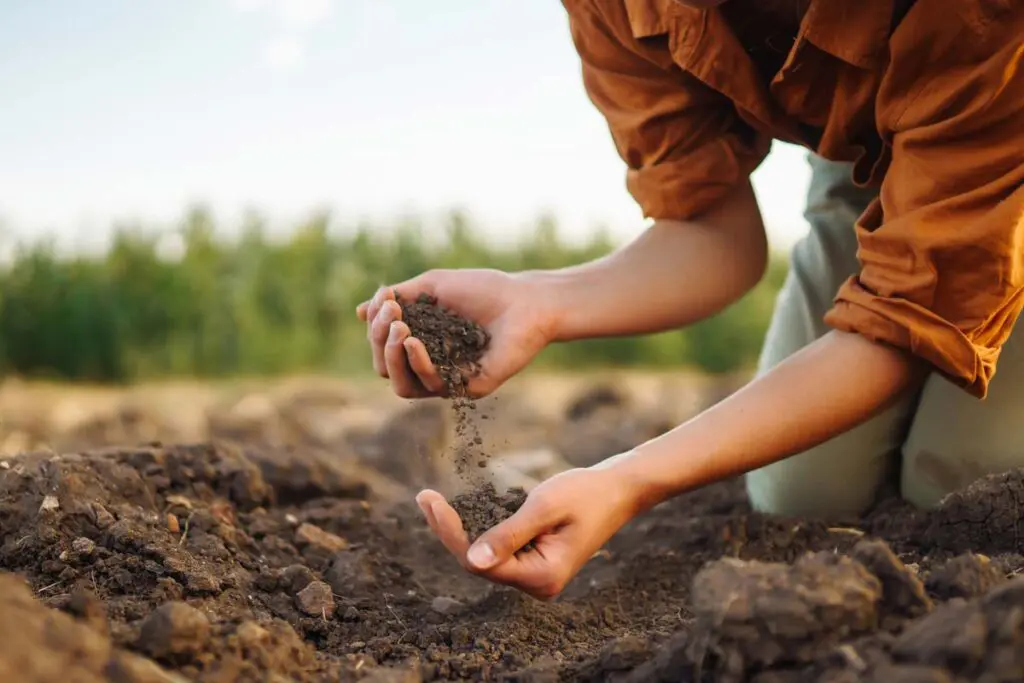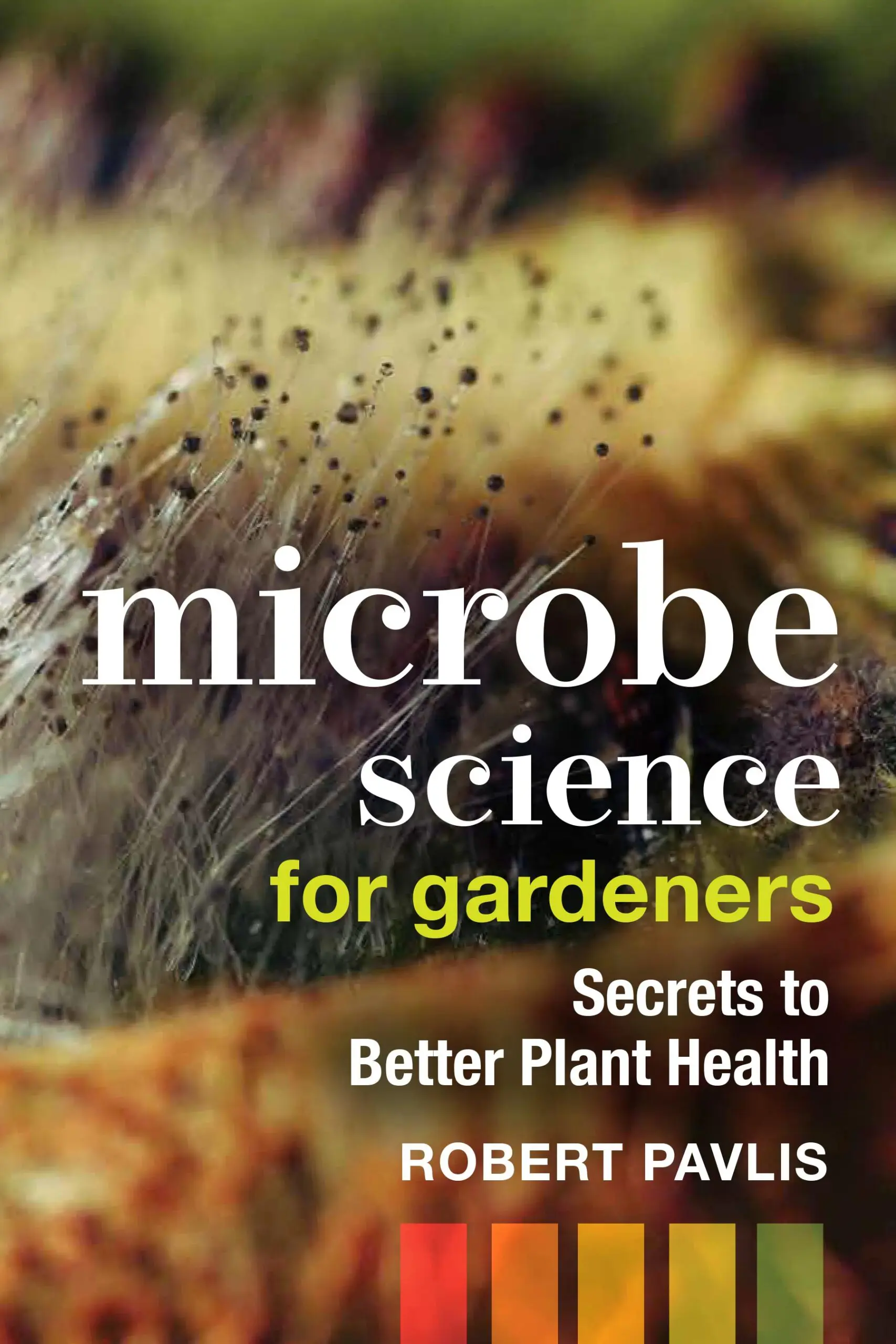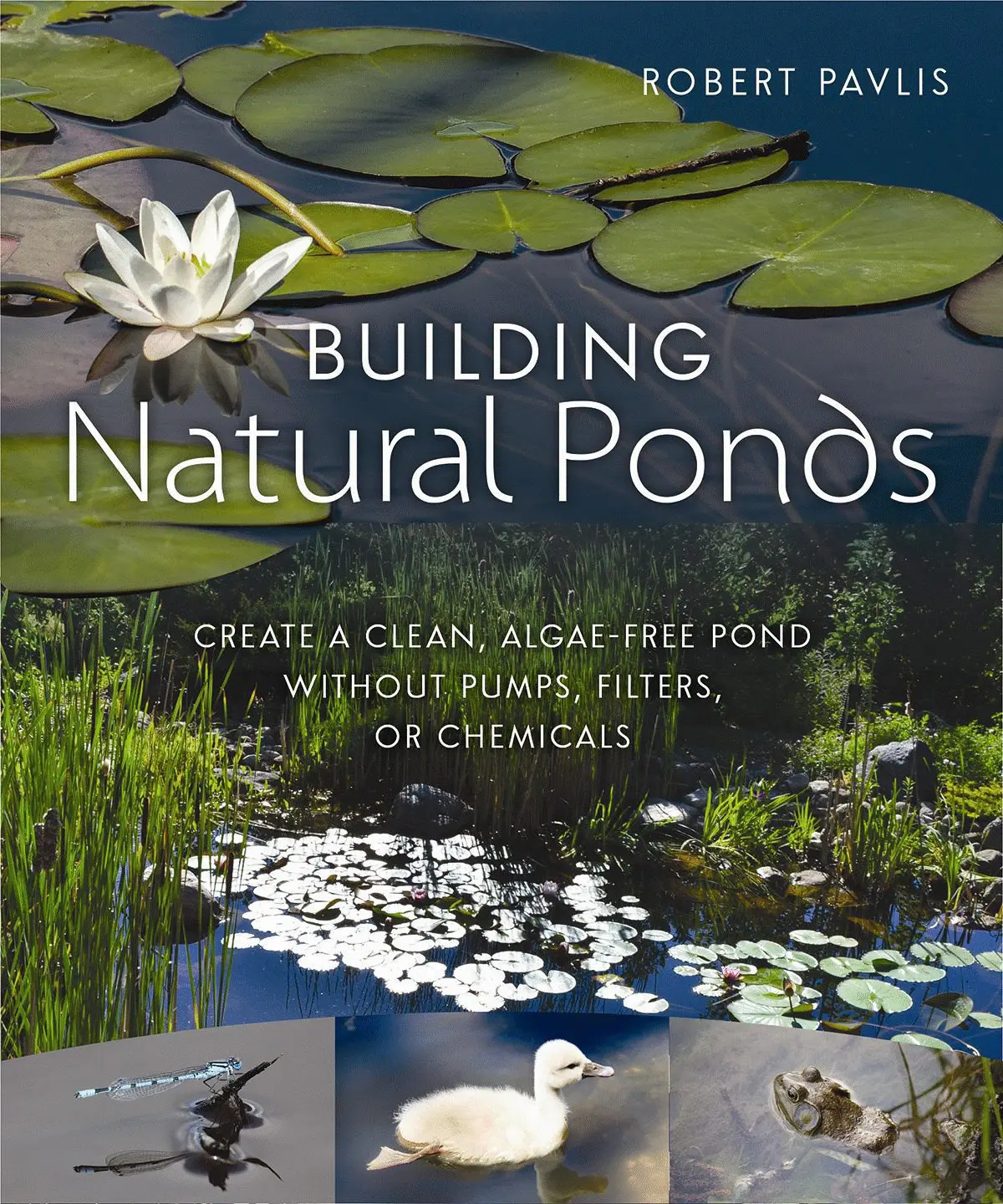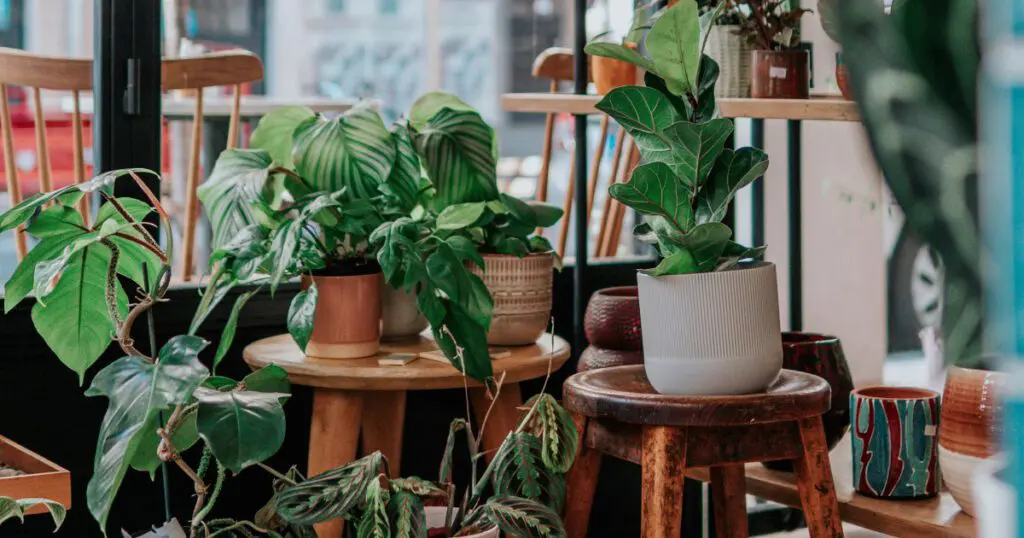
Microscopic organisms are as important to plant growth as water and light. With Microbe Science for Gardeners, author Robert Pavlis highlights the essential role of microbes in plant biosystems and soil health, while providing an objective, common-sense analysis of recently popularized practices such as controlling fungal-to-bacterial ratios and applying biostimulants, compost tea, or plant probiotics
In this excerpt, Robert explains how microbe populations are – or are not – affected by the addition of commercial and non-commercial microbe additives.
From Chapter 13: Bioinoculants in the Garden
Bioinoculants for Soil
Most of the inoculants available to gardeners are for use on soil. The sales pitch goes something like this:
“Microbes are important for soil health because they help turn organic matter into plant-available nutrients which produce better growing plants. Add this product to your soil and you will have healthier soil and plants.”
Did you catch the marketing trick in this sales pitch? No? Read it again and see if you can catch it.
The first sentence is true and science has confirmed this many times. The second statement seems obvious given the first sentence, but it is rarely true.
You are probably asking yourself, if microbes are good for soil, why would adding them not be good for soil?
There are many reasons why adding commercial microbes might not be good for soil. Here are some of them:
- the microbes in the bottle are no longer living
- the microbes are a foreign species and should never be added to your soil
- microbes are always at capacity
- microbes are dynamic
Let’s understand each of these, and then look at some specific cases.
Microbes Are No Longer Living
When you look inside a bottle of inoculants, all you see is some powder or a liquid, but you have no way to verify that the contents are as advertised.
The Oregon Department of Agriculture tested some products containing beneficial microbes. “Of the 51 products tested for bacteria, only nine met their guarantees. Of the 14 products tested for the fungi Trichoderma, none met their guarantees. Of the 17 products containing mycorrhizal fungi, only three met the guarantees made on the product label.” DNA testing showed that in some cases the organism had never been in the product. In other cases, the organism was no longer viable.
Remember that microbes are living organisms and they need to be cared for correctly. Take the case of mycorrhizal fungi, which is now a common inoculant. If the storage temperature gets too hot or too cold, the fungi die. If the nursery selling the product puts it in a hot greenhouse in summer, the fungi die.
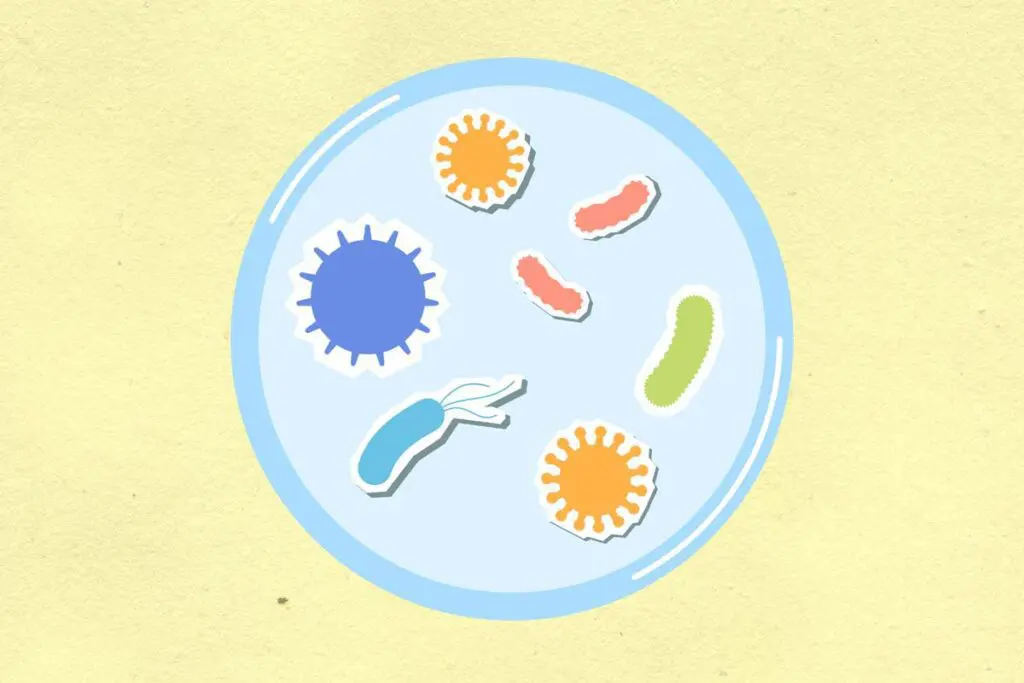
Microbes Are Foreign Species
A lot of problems are caused by invasive species of plants and insects. These are relatively large organisms that we can easily see, even if we need to use a magnifying glass to see some of them.
What about microbes? They are too small to be seen by the naked eye, but there is no reason to think that non-native microbes might not become an invasive nightmare. Unfortunately, we still know so very little about soil microbes. We have not even identified 80 percent of them, and yet some people are quite confident that the microbes collected somewhere else and seeded in their soil will not cause a problem.
The reality is that we already know about pathogens that have caused problems after being moved into non-native areas. There is no reason to think that moving non-pathogens will be entirely safe. If you really want to add microbes to your soil, go to a local wooded area or local field and bring some of that soil home. A handful of that soil will add billions and billions of native microbes.
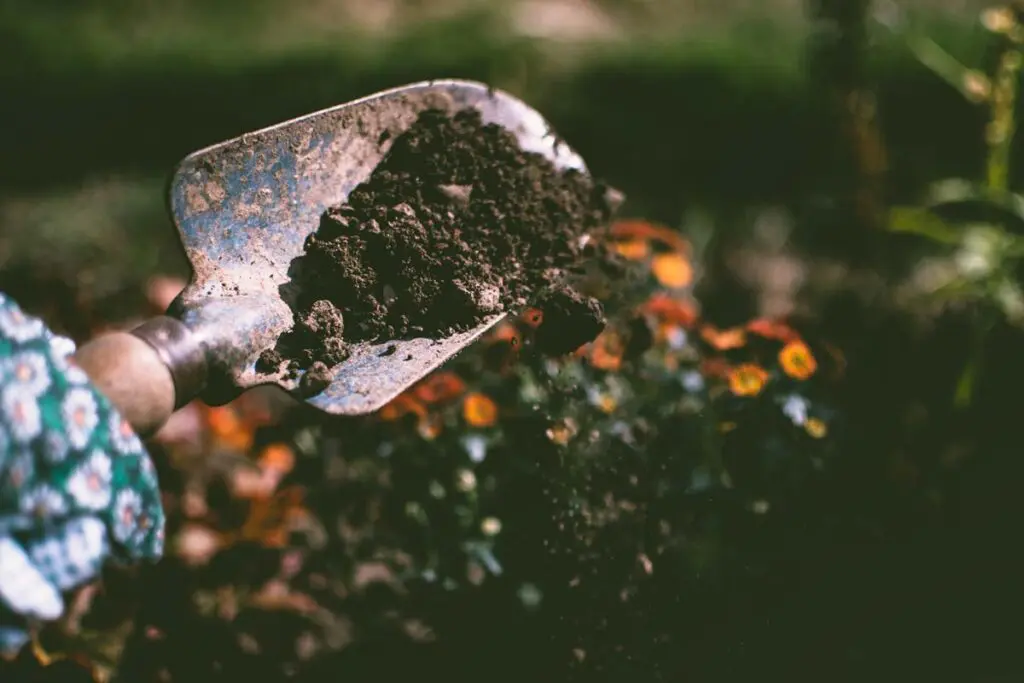
Microbes Are Always at Capacity
This is a concept that few gardeners understand and most marketing companies ignore. And yet it is critical for understanding microbe populations.
Microbes are always at capacity. What this means is that in any type of soil, the microbe population is always at maximum strength. Microbes populate an area so quickly that they are always filling any available space. Think of a football stadium where every seat is full. What happens if another one hundred people show up? They can’t get in because all the seats are taken. The stadium is full to capacity. Very poor infertile soil is like a small stadium with limited space and so it can only support a small number of people, but it is full.
Really good fertile soil is like a large stadium that holds a lot of people, but even it is always full. Neither stadium can accommodate more people. Adding more microbes to soil is like sending people to a full stadium—they can’t get in.
This is one of the fundamental flaws with soil inoculants. Promoters of the products try to convince you that your problem is a lack of microbes and that adding more will fix the problem. But the real problem is a lack of resources for the microbes you already have. Adding inoculants won’t fix that.
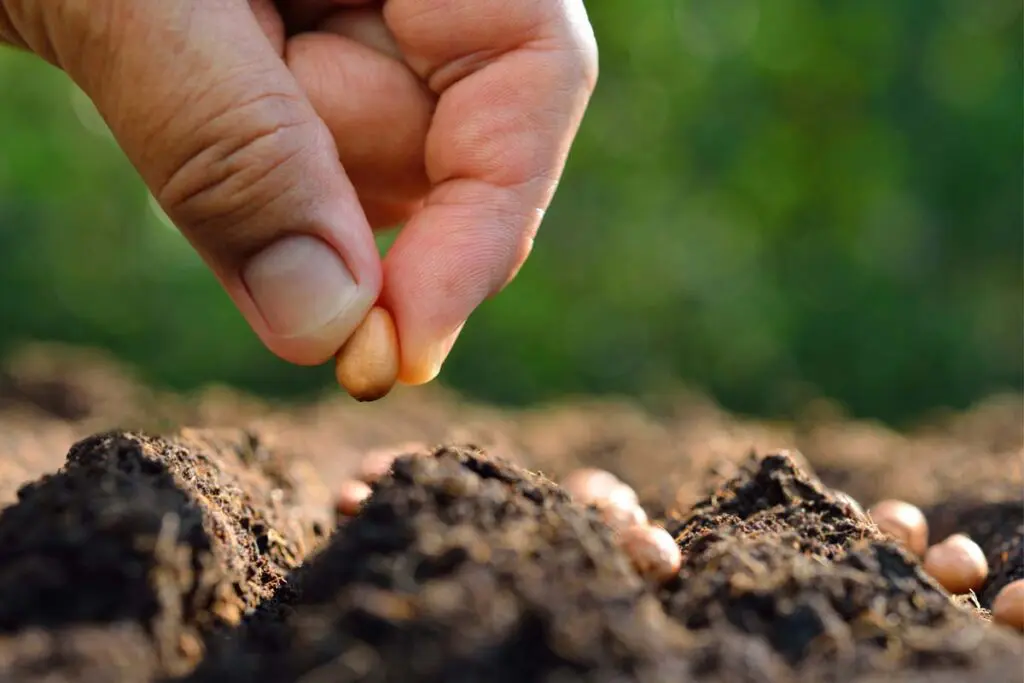
Microbes Are Dynamic
Microbes reproduce very quickly when conditions improve, and when conditions are no longer acceptable, they die or go into a state of dormancy until things improve. Population densities change very rapidly.
The species that are present at any given time are also very dynamic. If soil gets wetter or warmer, new species start to thrive while others die off. Food sources have a great influence on populations. Most species can digest sugars, but only a few can survive on the lignin in woody plants. Oxygen levels and temperature are also important for species selection.
Science is just starting to get a handle on this, so as gardeners, we really can’t tell what we have in our garden at any one time. We also have no way of knowing how to manipulate the populations to our advantage because we don’t know when and if they change.
The fact that manufacturers of products claim to know exactly which microbes you should add to soil is quite surprising and should trigger all kinds of red flags. How can they know this when scientists don’t?
